UI/UX and Product Design
In this digital age, it is essential to understand the basics of UI/UX and product design. As a designer, entrepreneur, or student, you need to know the definition, history, usage, and difference between UI and UX design. Moreover, you must also be aware of the 5-step process for creating user-friendly designs and the different types of UX designers. Finally, let’s explore the salary ranges in the US and worldwide.

What is UI/UX Design?
UI stands for User Interface, while UX stands for User Experience. Both of these concepts are important when it comes to designing websites or apps. UI design focuses on how a product looks and feels, while UX design focuses on making products functional and easy to use. Together they form an essential part of product design because they ensure that users have a pleasant experience with your product.




UI/UX design concept dates back to 1994 when Louis Borders founded Webvan as an online grocery store. Webvan was one of the first websites that used this concept to create an interactive website focused on customer experience. The idea quickly caught on amongst other companies who started using this concept to make their websites more user-friendly and engaging for customers.
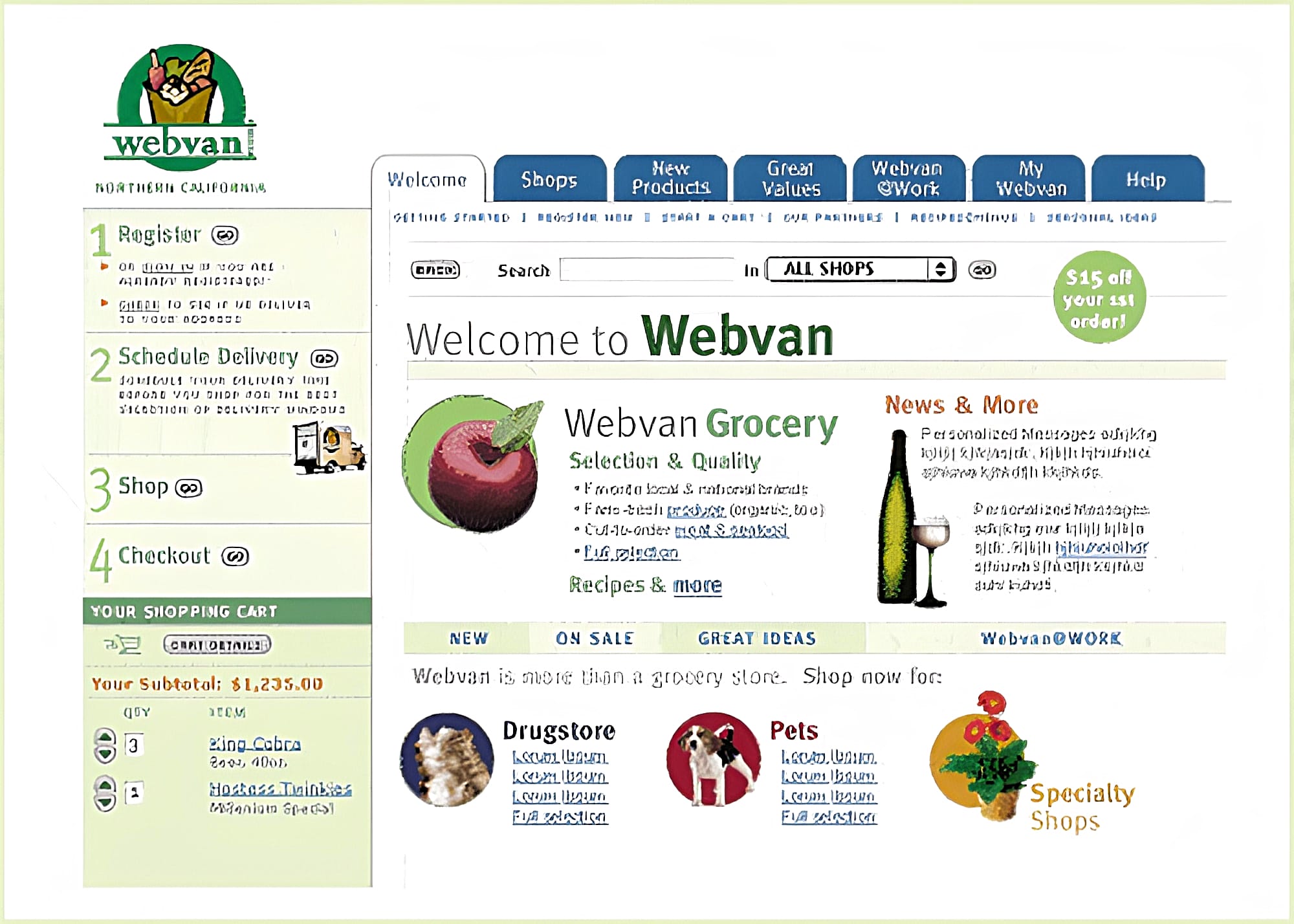
Usage of UI/UX And Product Design
UI/UX and product design are now widely used by companies worldwide to create engaging websites that are easy to use for customers. Companies use these concepts to increase their customer base and improve their brand image. Application developers also use this design to create apps that appeal to users with attractive visuals and functionality.
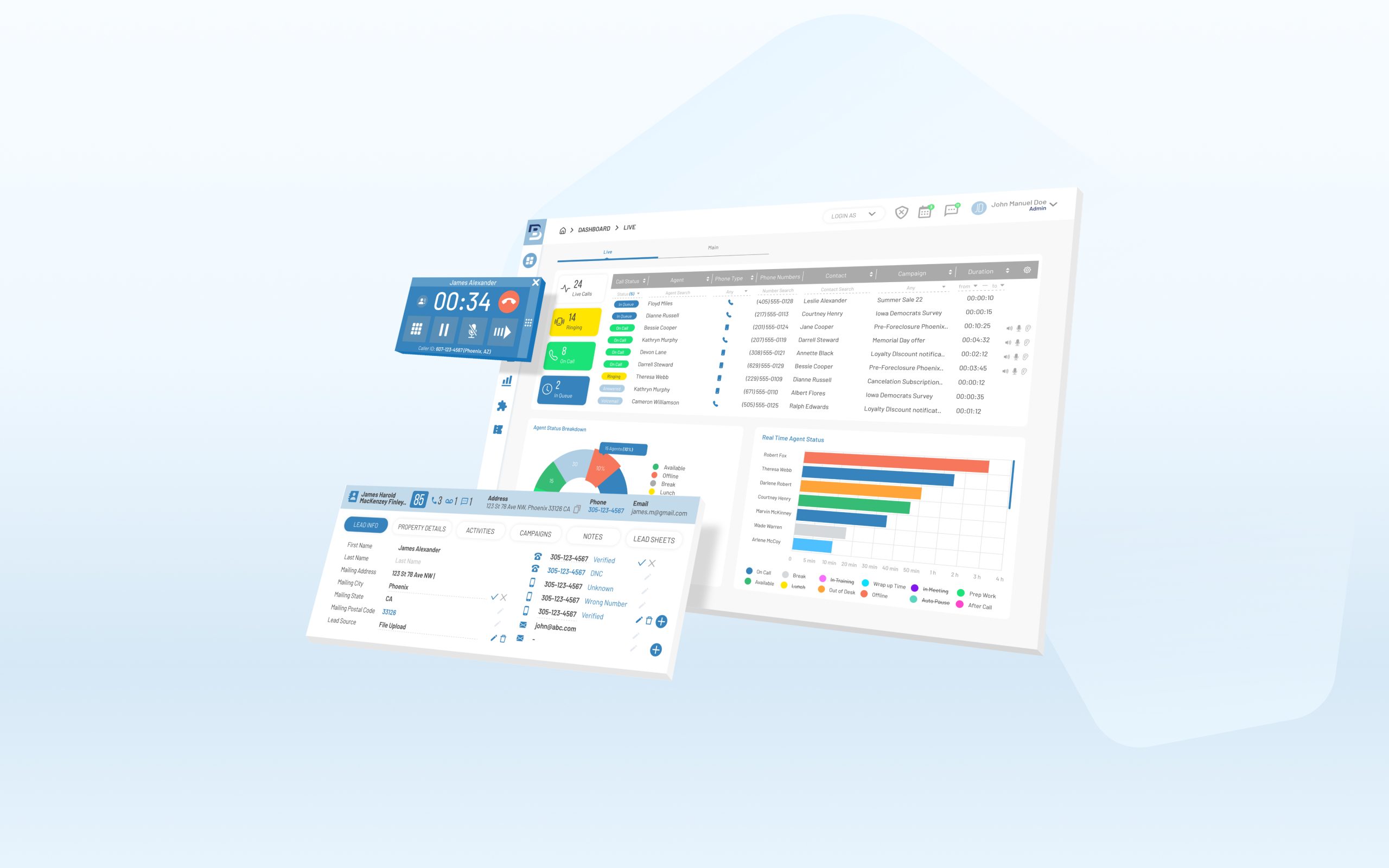
What Is The Difference Between UI And UX Design?
The main difference between UI and UX is that UI focuses more on visual elements such as images, icons, typography, etc. In contrast, UX focuses more on how users interact with a product or service, such as navigation menus, etc... In short, UI is about making a product look good, while UX is about making it feel suitable for users. Designers need to understand both concepts to create compelling designs that appeal both visually and functionally.
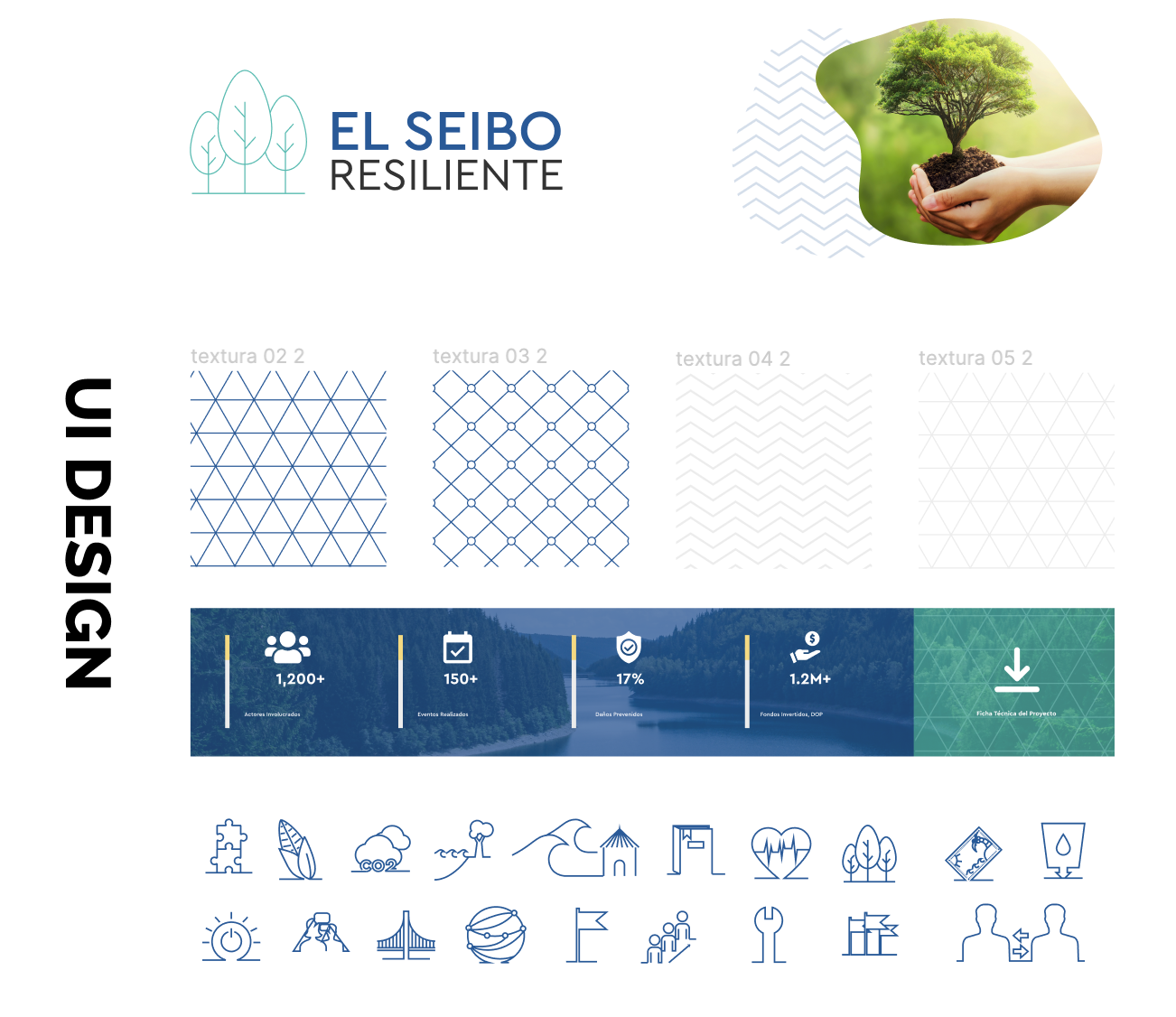
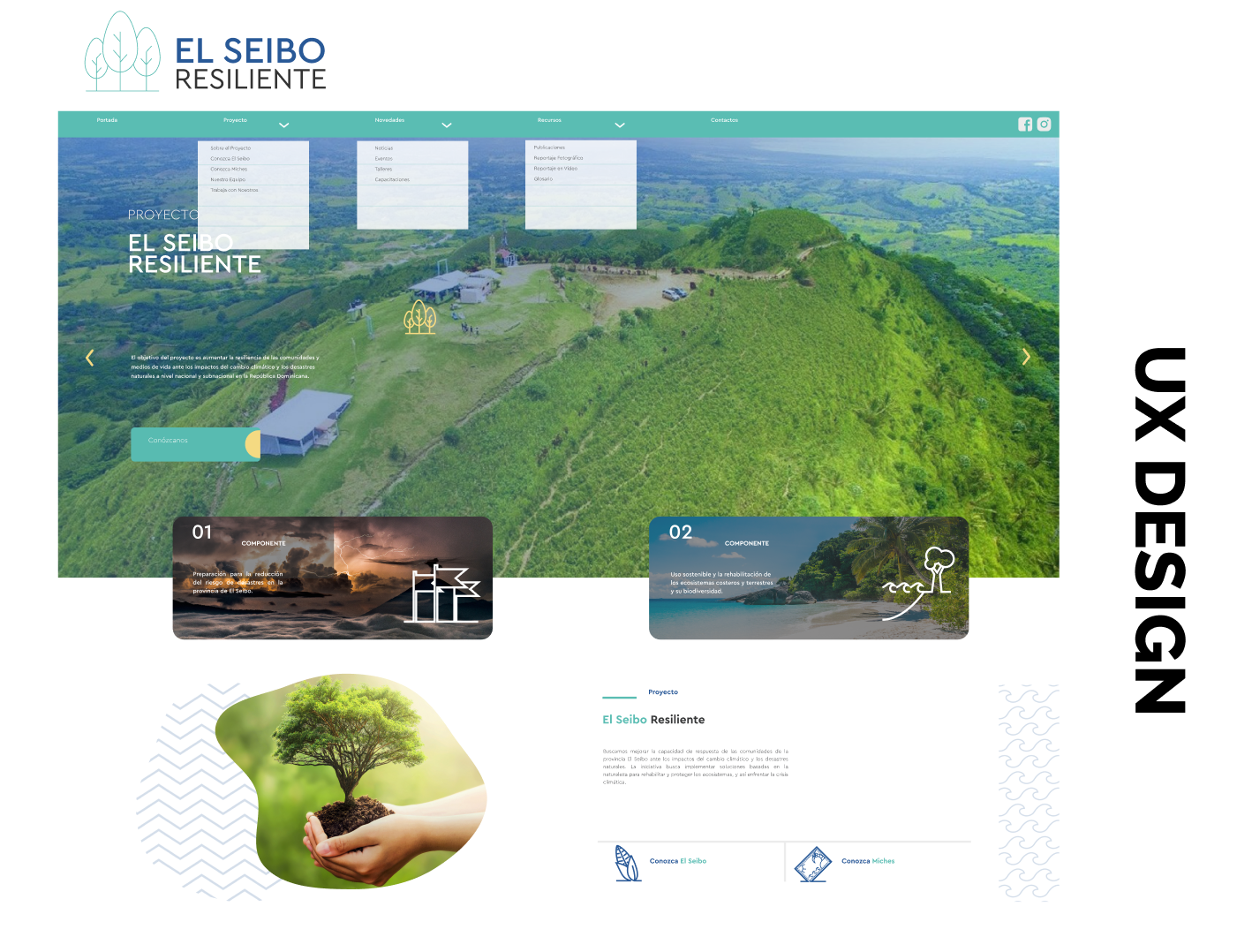
5-Step Process For Creating User-Friendly Designs
Critical steps in creating user-friendly designs include research & analysis, wireframing & prototyping, visual design & branding, development & testing, and launching & maintenance phases. Each step requires careful planning & execution to ensure the successful completion of each stage before moving on to the next one. By following this 5-step process carefully, you can ensure that your result meets your business goals and provides a great user experience for customers using your website or app.


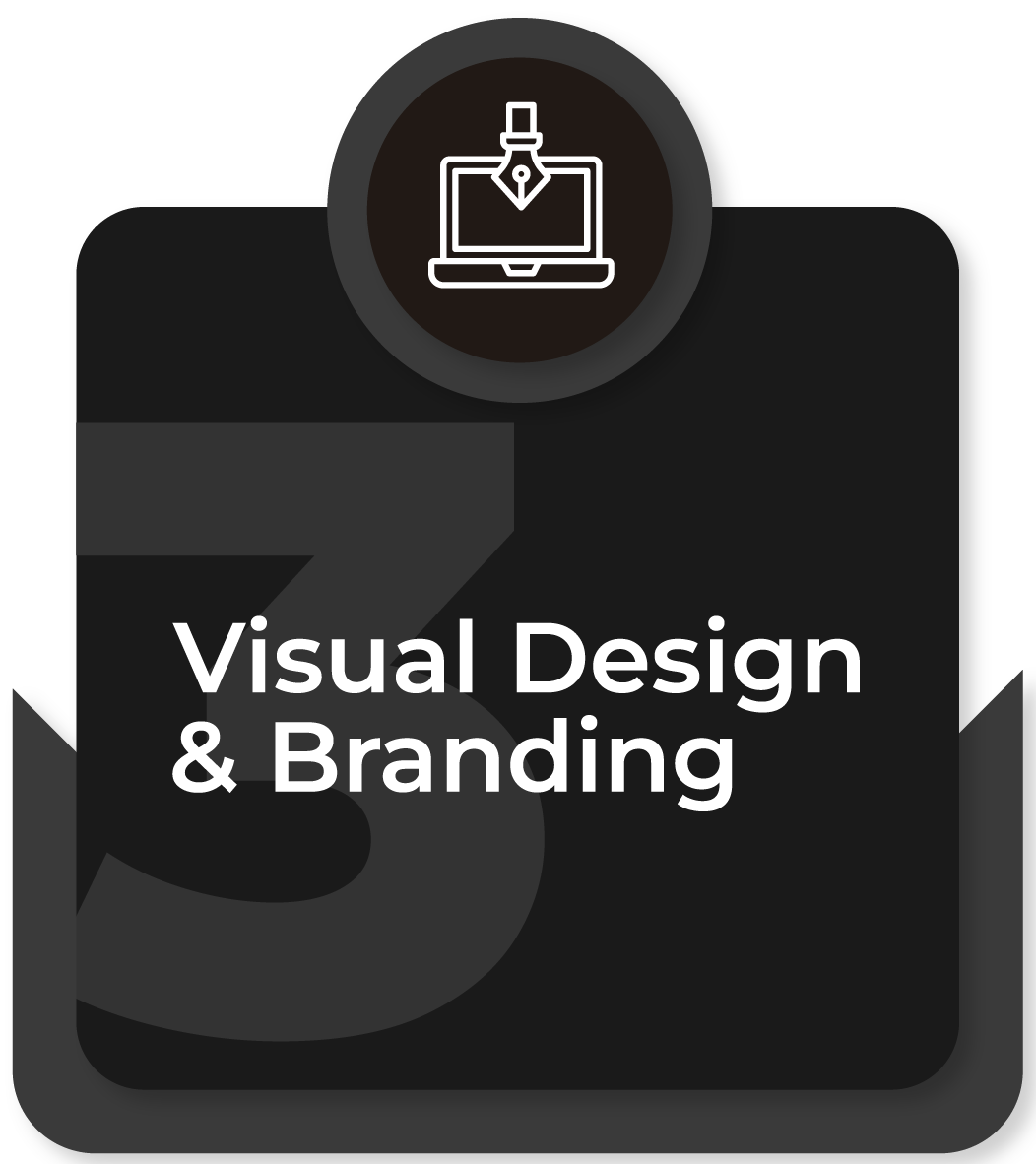
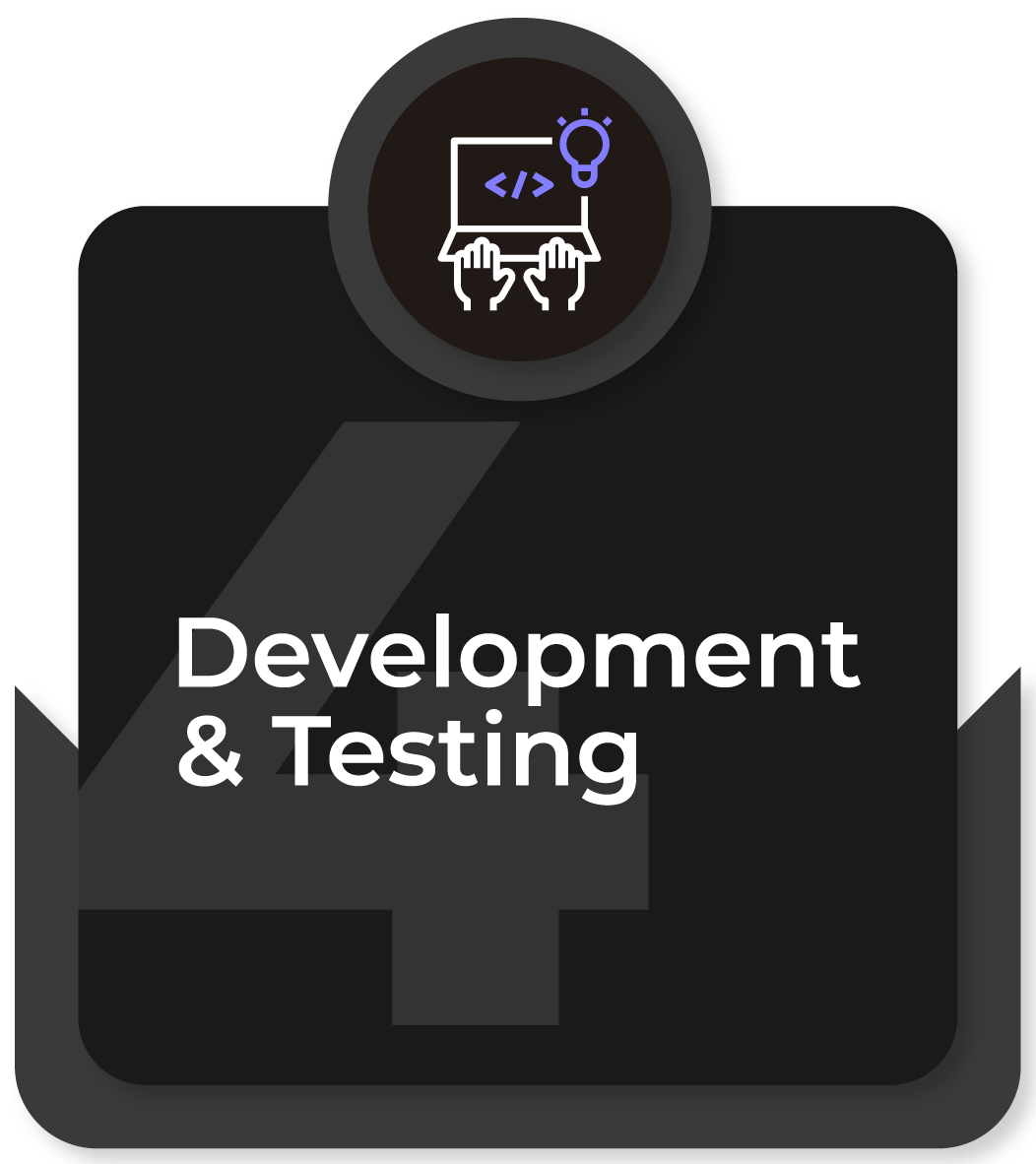

Types of UX Designers
There are various types of UX designers based on their skill sets:
Visual
Designers
Interaction
Designers
Content
Strategists
Information
Architects
Usability
Testers
Prototypers
Focus mainly on bringing every element together into one cohesive prototype
Accessibility
Specialists
Research
Analysts
Each type has its set of skills, making them unique but still essential for successfully completing product design or website development projects.


The most popular UX designer type is a UX Generalist, who is well-versed in using UI/UX design principles and techniques. These designers understand all aspects of the design process, from research to development, and strive to create the best user experience possible. They are skilled at finding solutions that balance usability, aesthetics, technical requirements, and business objectives.

UX Generalists have a wide range of skills, including visual design, user research, information architecture, prototyping, and testing. They also have expertise in user interface (UI) elements such as navigation structures and page layouts. Through their knowledge and experience, they can create compelling designs based on user needs while considering technical requirements or business goals.
UX Generalists are responsible for creating strategies that ensure users have an enjoyable experience with a product or website. This includes conducting studies to understand how people interact with a service or product, then designing user interfaces that meet the needs of those users. In addition, UX Generalists must be familiar with various usability guidelines to ensure their design complies with standards for accessibility and cross-platform compatibility.


Furthermore, UX Generalists must communicate effectively with stakeholders across engineering, product management, and marketing disciplines. This allows them to provide feedback on other areas that may not directly involve the end user but still impact the overall user experience. Additionally, they must stay up-to-date on technology changes, new tools, and UX design trends to implement these into their work when necessary.
Overall, UX Generalists are essential players in any team working on building digital products or services because they ensure users have an enjoyable experience when using these products or services. With their knowledge spanning multiple disciplines, they help unify teams while keeping the focus on providing the best possible user experience each time!
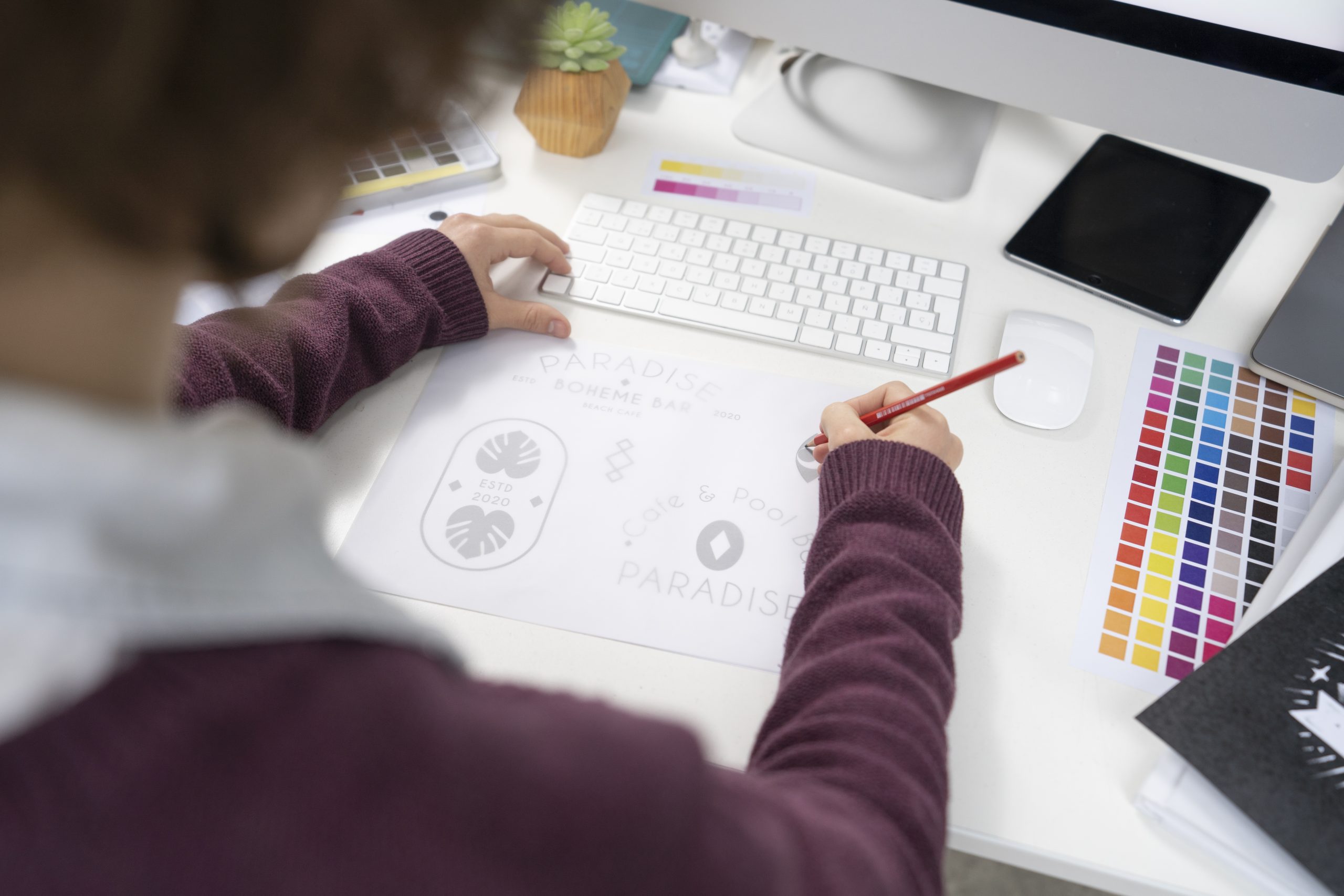

Salary Range
USA
The average salary range for different types of UX designers varies greatly depending upon skill level & experience, ranging from $60k – $130k+ per year in the United States alone, which makes it one of the most lucrative career options available today if you have right skillset & knowledge required for job profiles related to product design or website development.
Europe
The financial compensation for European UX designers depends on their abilities and expertise. Usually, a seasoned UX designer can expect an annual salary ranging from €45k to €120k+. Meanwhile, the pay rate of newbies may begin at about €30k per annum with practice and specialized proficiency.
Canada
The salary for a UX designer in Canada can range from relatively low to incredibly high, based on experience and expertise. On average, an experienced UX designer makes between $80k - $170K per year; however, that’s just the standard -- salaries may be much higher or lower than this depending upon factors such as prior work history.
Latin America
Experienced UX designers in Latin America typically earn a salary ranging from $30k - over $120k+. At the same time, entry-level roles can begin at around the $25k mark and steadily increase with experience. Those who possess specialized skills may be even more competitive regarding salaries.
Conclusion
Understanding what sets apart UI/UX from Product Design is essential when creating interactive websites or applications today especially considering the increasing competition across digital platforms worldwide! You need knowledge about the differences between the two and expertise in various aspects like understanding the 5-step process involved during the creation process along with different types & salary ranges available globally! All these factors combined make sure any project related to web or application development produces desirable results that are both visually appealing & functionally sound!